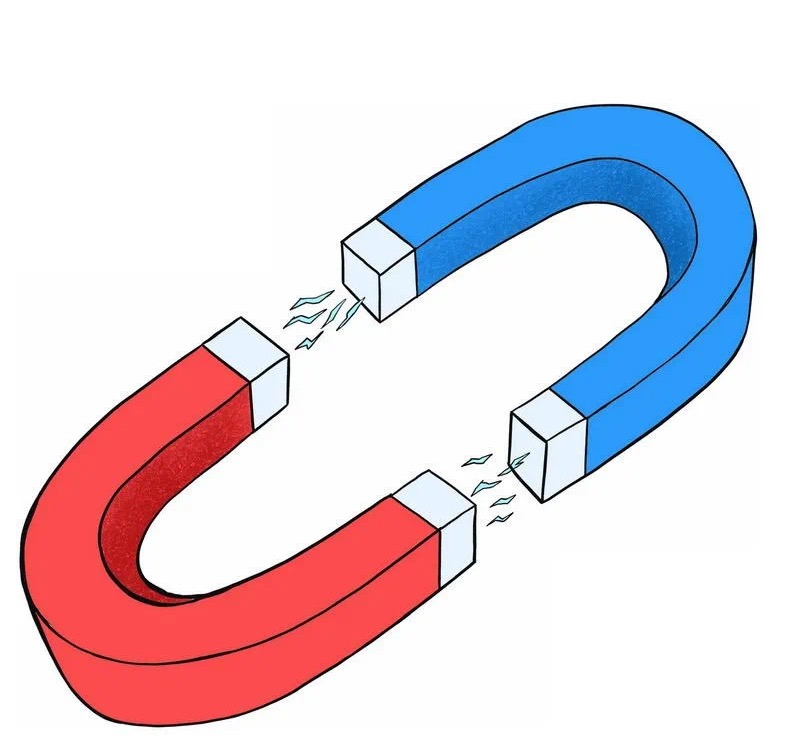Why a worldwide increase in the price of NdFeb magnets?
The worldwide increase in the price of NdFeb magnets, particularly rare earth magnets (like neodymium, samarium-cobalt, etc.), is driven by a combination of supply constraints, rising global demand, and geopolitical risks. Here’s a breakdown of the key reasons:

🔧 1. Supply Constraints
- China’s Market Dominance
• China produces over 90% of the world’s rare earth elements (REEs), which are essential for high-strength magnets.
• In 2024–2025, China tightened export controls (especially for dysprosium and terbium), impacting global supply chains. - Myanmar Shutdown
• Myanmar, a major supplier of heavy rare earth ores, suspended exports in 2024 due to internal issues. This led to shortages of critical materials. - Environmental & Regulatory Pressures
• Rare earth mining and processing are environmentally damaging, causing more regulations and slower new development in countries outside China.
🚗 2. Skyrocketing Demand
- Electric Vehicles (EVs)
• EV motors rely heavily on neodymium magnets for efficiency and performance.
• As EV adoption surges globally, magnet demand follows. - Wind Turbines & Green Tech
• Renewable energy infrastructure, like wind turbines, also uses large quantities of rare earth magnets. - الالكترونيات الاستهلاكية
• Smartphones, laptops, headphones, and many small gadgets contain strong rare-earth magnets. - Defense & Aerospace
• Strategic defense systems and satellites use specialized magnets, further pushing demand up.
🌍 3. Geopolitical Tensions
• Western countries are trying to reduce dependence on China for critical minerals, which leads to:
• Stockpiling, driving prices up.
• New supply chains being developed more slowly and at higher cost.
📈 4. Market Speculation & Investment
• Rising demand and constrained supply have attracted investors and speculators to rare earths and magnets.
• This has led to price volatility and short-term spikes, even when long-term demand is still ramping.
Summary:
Magnet prices are up because they depend on rare earth elements that are:
• Mostly controlled by China.
• Increasingly in demand due to EVs, green energy, and tech.
• Hard to replace or substitute.
• Caught in geopolitical and environmental headwinds.
The high price of NdFeB magnets is mainly due to the rare earth element neodymium and other rare earth metals in their constituent materials.

These materials are relatively abundant in the earth’s crust, especially neodymium, which is 10-16 times more abundant than samarium, so the raw material cost is relatively low compared to other permanent magnetic materials such as مغناطيس الكوبالت السماريوم. In addition, the production process of مغناطيسات NdFeB is mature, the material is easy to process into various shapes and sizes, and has good mechanical properties and high magnetic properties, including extremely high magnetic energy product and stable magnetic properties, which make it the first choice in many high-performance applications.
Despite the relatively high raw material cost, due to its superior magnetic properties, the amount of material used can be reduced in many application scenarios, thereby reducing the overall cost. The wide application of NdFeB magnets, such as motors in new energy vehicles, MRI machines in the medical field, and electronic equipment, has also increased its market demand and economic value. Therefore, despite the high raw material cost, its wide application and high performance keep the overall cost of NdFeB magnets at a high level.






